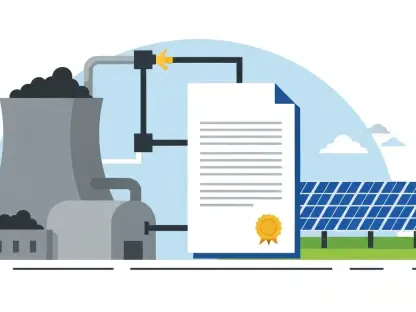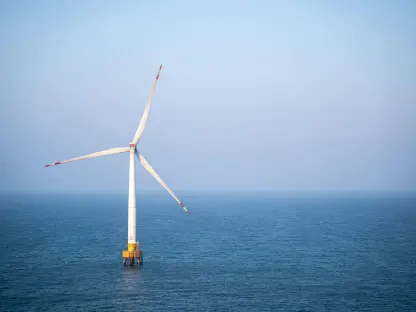In recent years, the focus on reducing greenhouse gas (GHG) emissions from LNG-fueled vessels has intensified significantly. Methane slip, the leakage of unburned methane during the fuel combustion process, poses a substantial challenge despite seemingly minor amounts involved. This issue is critical because methane has a global warming potential (GWP) that is 28 times greater than carbon dioxide over a 100-year timescale. Regulatory agencies such as the European Union (EU) and International Maritime Organization (IMO) use standard factors accounting for methane slip in their emission assessments, with up to 24% of reported GHG emissions attributed to this phenomenon.
Importance of Accurate Methane Slip Monitoring
The accurate monitoring of methane slip is crucial for several reasons. Firstly, the use of standardized factors to assess methane slip can lead to imprecise calculations of a vessel’s carbon footprint. These generalized factors may either underestimate or overestimate actual emissions, leading to flawed GHG reports. However, the implementation of direct methane slip measurement offers a higher degree of precision, thus providing a clearer picture of a vessel’s environmental impact. For engines where the standardized factors significantly overestimate methane slip, using direct measurement will yield more realistic and lower emission figures, which can positively influence a vessel’s reported environmental performance.
Additionally, accurate methane slip data is essential for evaluating and improving methane abatement technologies. Technologies such as methane oxidation catalysts are designed to minimize methane emissions, but their effectiveness can only be accurately gauged if actual onboard emissions are precisely measured. Direct measurement thus becomes a critical tool for verifying and improving such technologies, ensuring that investments in emission reduction strategies yield the intended environmental benefits.
The Role of Standardized Guidelines
A significant regulatory advancement occurred when the IMO Correspondence Group submitted draft guidelines for methane slip quantification through direct measurement, which were adopted earlier this year. These newly implemented guidelines aim to standardize the method of measuring methane slip, therefore providing a reliable framework for accurate data collection across the industry. This regulatory milestone marks the first step towards ensuring consistency and reliability in methane slip reporting, improving the integrity of GHG emission assessments.
With these guidelines in place, ship operators and engine manufacturers can collaborate more effectively to reduce methane emissions. Direct measurement allows for a comparison between the standardized methane slip factors and the actual emissions specific to each vessel. This data is essential for identifying discrepancies and tailoring reduction strategies to specific situations, ultimately leading to more targeted and effective methane reduction efforts. By working closely with engine designers, ship operators can develop optimized strategies that directly address the unique emission profiles of their vessels.
Future Implications and Regulatory Benefits
The challenge of mitigating these emissions is central to broader efforts to combat climate change, and initiatives are increasingly being developed to address this pressing issue on a global scale.









